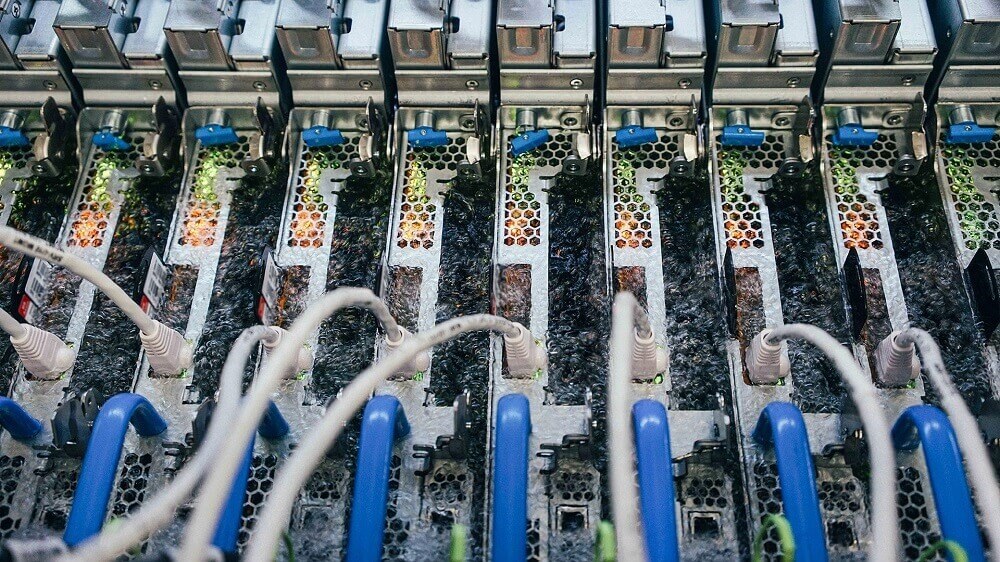
Cooling is an important aspect of heat-dissipating computing devices. For servers, extensive cooling techniques have to be employed to maintain reasonable temperatures to improve energy efficiency and performance. And to prevent the risk of failure due to overheating.
Microsoft has started submerging its data center servers in liquid baths, ramping up its multi-faceted strategy to make data centers more sustainable and efficient to build, operate, and maintain.
While the technique is not that new, Husam Alissa, a principal hardware engineer on Microsoft’s team for datacenter advanced development in Redmond, Washington, says it’s “the first cloud provider that is running two-phase immersion cooling in a production environment.”
As you might expect, the company isn’t using water which is an electronically conducting liquid. Microsoft is using specially designed fluorocarbon-based liquid harmless to electronic equipment. The liquid’s boiling point is 50 degrees Celsius, or half that of water.
The lower BP “enables the servers to operate continuously at full power without risk of failure due to overheating.”
The fluid, placed inside a couch-shaped tank, turns to vapor while heated and is contained by a cooled condenser in the tank lid for condensation. The resultant liquid rains back into the tank with immersed servers creating a closed-loop cooling system.
“The production environment deployment of two-phase immersion cooling is the next step in Microsoft’s long-term plan to keep up with demand for faster, more powerful datacenter computers at a time when reliable advances in air-cooled computer chip technology have slowed,” Microsoft said.
Higher Need for Better Cooling Techniques
Microsoft notes the increasing demand for efficient cooling techniques as more chips and GPUs are added with more power and higher electric requirements. In return, more heat is produced. Some current CPUs need more than 300 watts, while GPUs require more than double that — more than 700 watts.
“Air cooling is not enough,” Christian Belady, an engineer and VP of Microsoft’s datacenter advanced development group in Redmond.
“That’s what’s driving us to immersion cooling, where we can directly boil off the surfaces of the chip.” Belady says heat transfer in liquids is more efficient than in air in “orders of magnitude.”
While switching to a waterless technology is an appropriate move to offer better cooling, it will also be a step forward towards Microsoft’s commitment to replenish more water than it consumes by 2030.
Follow us on Telegram, Twitter, Facebook, or subscribe to our weekly newsletter to ensure you don’t miss out on any future updates. Send tips to info@techtrendske.co.ke.


